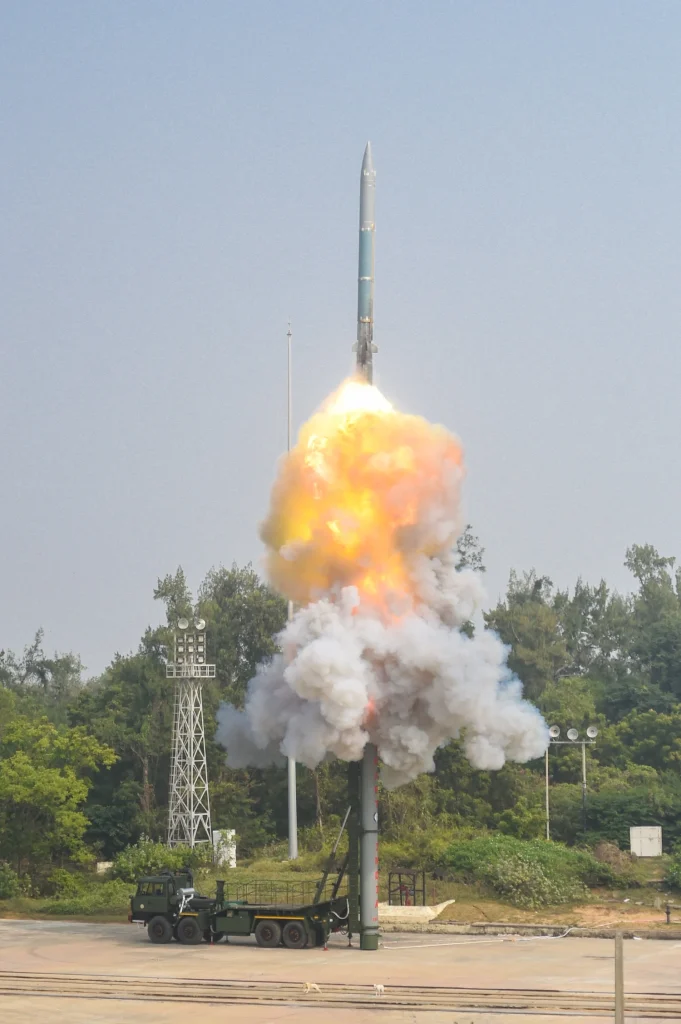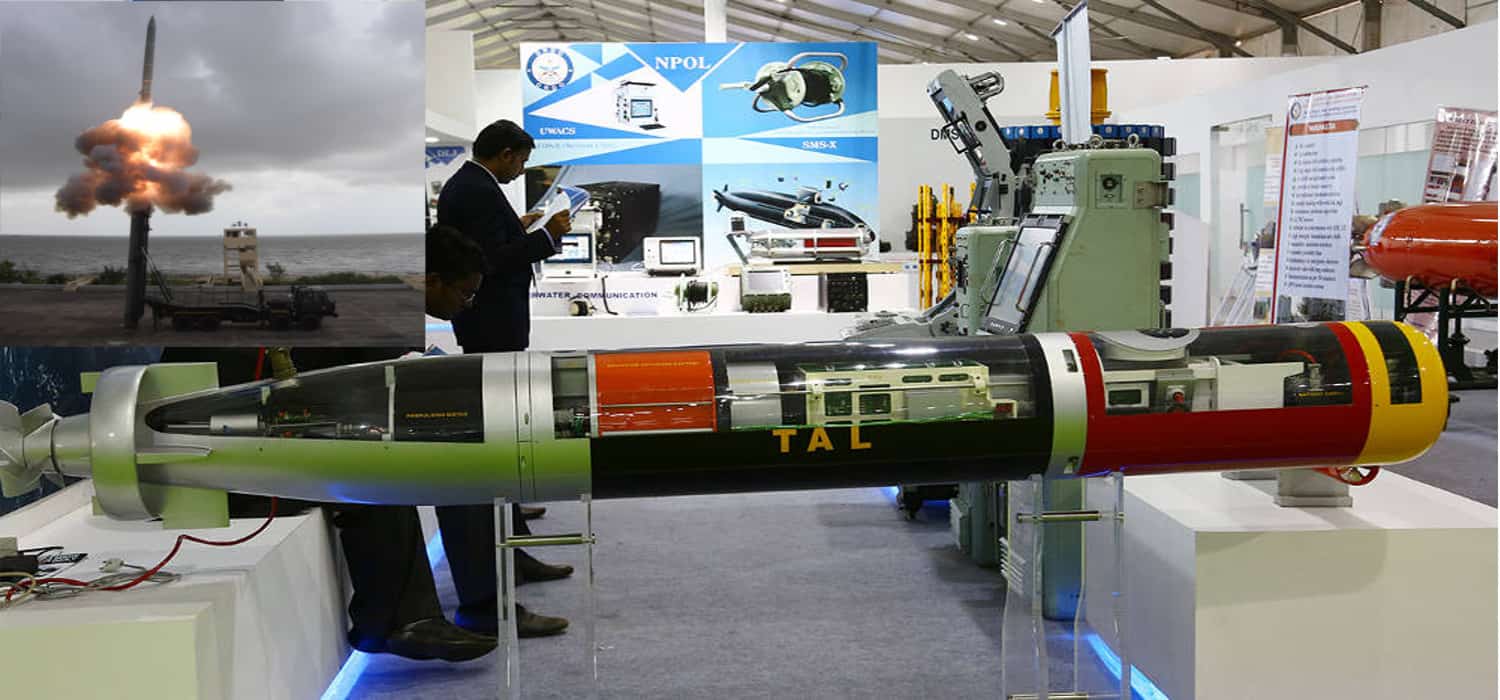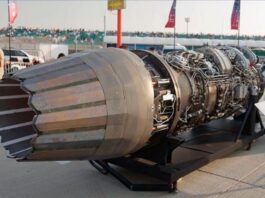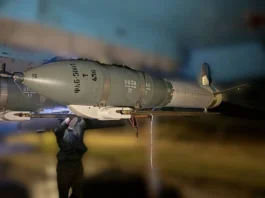A long-range Supersonic Missile Assisted Torpedo (SMART) was test-fired on Monday by the Defence Research and Development Organisation from Wheeler Island in Odisha, as per official sources.
A few days back in the same week, DRDO had test-fired the stand-off anti-tank (SANT) missile from Pokhran rang along with the Indian Air Force (IAF) and also tested the extended range Pinaka missile with the Army making the latest one, the third test in a week.
What are these weapons?
SANT Missile: Being equipped with a state-of-the-art millimetre wave (MMW) seeker which provides high precision strike capability from a safe distance, the indigenously designed and developed helicopter-launched missile has the ability to neutralise targets in a range of up to 10 kilometres.
Pinaka ER: developed by the Defence Research and Development Organisation (DRDO) for the Indian Army, Pinaka is a multiple rocket launcher produced in India while the new Pinaka ER gives it a range of around 70 km, over the 45 km existing range of the missile which has been with the Indian forces for nearly a decade. Talking about its earlier versions, the Pinaka II variant can hit targets at a distance of 60 km and the Pinaka MK-I rocket system has a range of around 40 km.
Around 25 enhanced range versions of Pinaka rockets were test-fired by the Defence Research and Development Organisation in June this year while this was done in quick succession mode as part of saturation attack simulation.
Long-range Bomb: Earlier this year, the country’s first indigenously developed long-range bomb (LRB) was successfully flight-tested by an Indian Air Force team and the DRDO from a fighter jet over Balasore in Odisha.
Although it was said by the officials that the LRB was tested from an aerial platform, the details of the same were not shared but it is known that the bomb is part of the class of weapons with a range of 50 to 150 km.
All about the SMART missile
The full range capability of the missile was successfully demonstrated during the test while the system stands as a next-generation missile-based standoff torpedo delivery system. In order to enhance anti-submarine warfare capability far beyond the conventional range of the torpedo, the system has been designed to complement the same.
The electro-optic telemetry system, downrange ships and various range radars monitored the entire trajectory as this was a textbook launch. Release mechanisms, a parachute delivery system and a torpedo were carried by the missile.
Read more about DRDO SMART – long-range Supersonic Missile Assisted Torpedo.
An insider look
Advanced technologies like precision inertial navigation, electro-mechanical actuators and two-stage solid propulsion are included in the canister-based missile system. Covering a range of distances, the missile is launched from a ground mobile launcher, according to reports.

Various technologies have been developed by a number of Defence Research and Development Organisation laboratories for this advanced missile system. According to one of the officials, the above-cited system is being developed to be used by the Indian Navy.
It was said that the demonstration is significant in establishing anti-Submarine warfare capabilities, as informed by the Defence Research and Development Organisation during the previous test.
The missile is also reportedly said to have a state-of-the-art millimetre wave (MMW) seeker which provides high precision strike capability from a safe distance.
A “Range” of tests
Apart from the above-mentioned tests, In the previous month, two successful flight tests of indigenously-developed Smart Anti-Airfield Weapon (SAAW) were carried out by the Defence Research & Development Organisation and Indian Air Force within a week. With different configurations based on satellite navigation and electro-optical sensors, the two flight tests were conducted successfully.
An electro-optical seeker based flight test of this class of bomb was conducted for the first time in India, as said by the Ministry of Defence in one of its statements while SAAW is capable of hitting ground targets up to a range of 100 kilometres and is meant to disable airfield runways. A newly adapted launcher had smoothly released and ejected the weapons and the intended target was hit with high accuracy, as said by the Defence Ministry while on the other hand, the missile is capable of carrying a warhead of around 125 kilograms.






